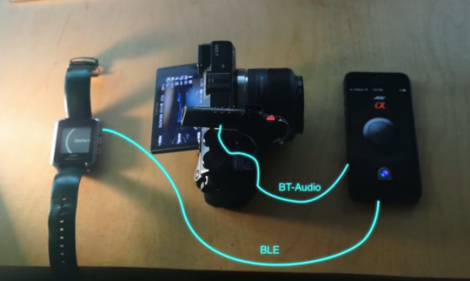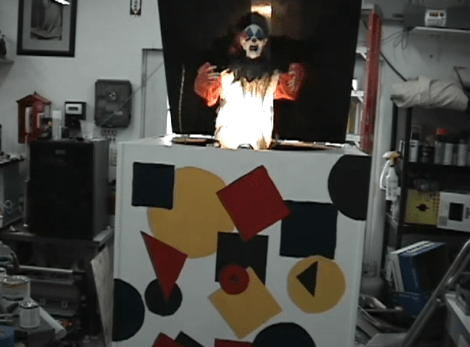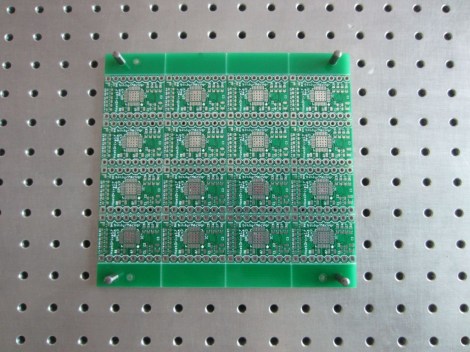
[shOOter—] and his family are just starting to keep chickens and need a coop in which the hens could roost. He wanted it to be mobile and protective and what is more mobile and protective and the leader of the Transformers? As you can see, his chicken coop is modeled after Optimus Prime.
The cab of the truck serves as the hen-house. It’s made of marine grade plywood held together with glue and galvanized nails. The exhaust stacks, which are made of PVC pipe, are not just decorative. They are chutes for the feed trays to either side of the blue ramp (you can’t really see the trays in this image). To give the chickens a way to stretch their legs he brought his welding skills to bear. The trailer portion of the build is a welded metal frame covered in mesh which provides a rather large exercise yard. Since the habitat is enclosed there’s really no need for an intricate motorized door.
[Thanks James]

















